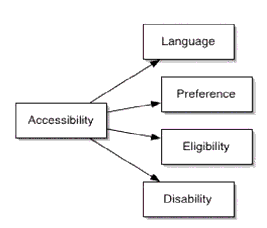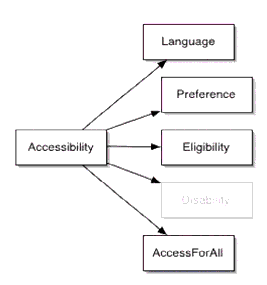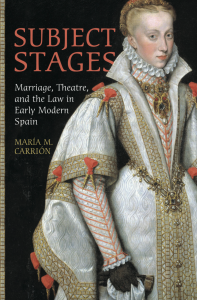Yesterday was the 26th anniversary of the Americans with Disabilities Act (ADA). Under the Obama administration, much has been done to enhance and support inclusion and accessibility in the US, and many policies have been enacted: The Every Student Succeeds Act assists “teachers in learning about the best ways to support their students with disabilities;” the Workforce Innovation and Opportunity Act provides “more employment opportunities for people with significant disabilities and youth with disabilities;” and the Affordable Care Act includes policy to “protect the rights of Americans with disabilities” (https://www.whitehouse.gov/blog/2016/07/25/celebrating-ada). Additionally, some of you might remember Maria Town (Emory College, class of ‘09) who currently serves as the White House’s Disability Community Liaison in the Office of Public Engagement. So much is being done to help those with disabilities, and there has never been a time when making classrooms inclusive was easier. So, it’s time that we instructors step up! (Like recognizing when I use a non-inclusive, ableist metaphor such as “step up.”)
I work with ADSR quite regularly, and I’ve tried to be as inclusive as possible in my courses throughout my time at Emory; however, as we all know, the online environment brings in a new set of challenges and potential issues. I do believe that available technologies are the first step to making a class accessible – well, recognizing that I need to pay attention to accessibility is the first step – so let’s say available technologies are the second step in making an online course UDL compliant. Having all videos captioned will not only help those who are hard of hearing but also has a secondary advantage of helping those who might only have internet access in a loud environment (e.g. café) or who might have a connection too slow to support full video and audio. Incorporating learning communities and multimedia into online courses, i.e. everything we have read in this class, gives students the ability to learn and perform in different modes, which is a key factor of UDL. Even the asynchronous learning environment gives those with some learning disabilities the chance to work at their own pace. If I keep these principles in mind as I create materials for my own online course, and as I revise materials for my current F2F courses, I believe that many of my initial challenges of accessibility will be met. That said, I also have to keep my eyes open for unforeseen issues that are sure to come up with every class and every semester. Wish me luck.


